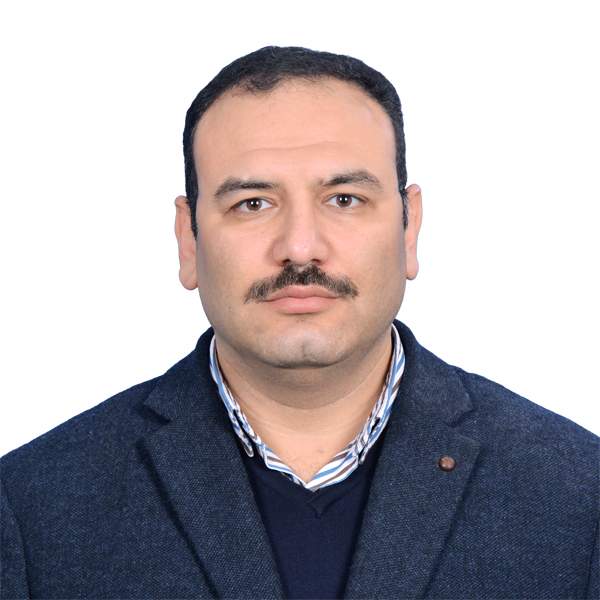PURPOSE: Children with adenoidhypertrophy commonly have sleep-disordered breathing. Sleep-disordered breathing is associated with various neurocognitive problems. The aim of this study was to assess the cognitive function in those patients using cognitiveevent-relatedpotentials. METHODS: Twenty-three patients with moderate to severe adenoidhypertrophy were compared with 20 healthy controls. The intelligence quotient was performed for all study participants. The latencies of the N200, ...
Read more


